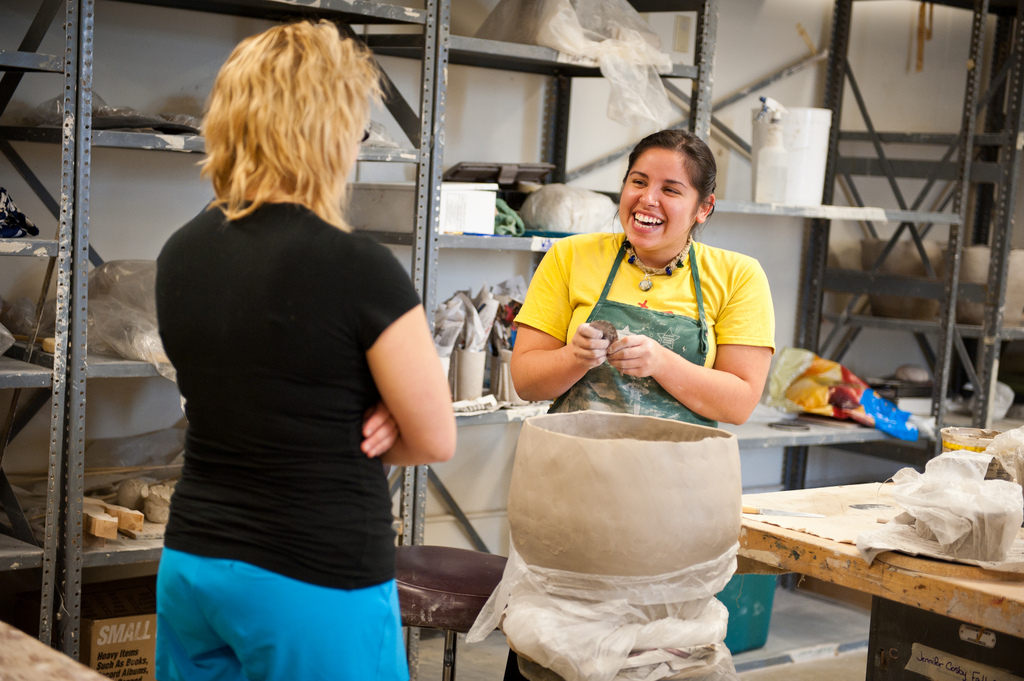>> North Carolina, and especially the Research Triangle, is buzzing with talk of entrepreneurship, innovation, venture capital, and start-ups. Just last week, venture capitalist Jim Goetz was at the >>Council for Entrepreneurial Development Tech Venture Conference saying that >>RTP is second only to Silicon Valley as a hub for tech innovation. This year alone, Triangle based companies in the areas of life sciences, tech, and advanced manufacturing have >>raised nearly $427 million . It’s clear that something is happening in North Carolina, and whatever it is stands to make a lot of people a lot of money.
North Carolina, and especially the Research Triangle, is buzzing with talk of entrepreneurship, innovation, venture capital, and start-ups. Just last week, venture capitalist Jim Goetz was at the >>Council for Entrepreneurial Development Tech Venture Conference saying that >>RTP is second only to Silicon Valley as a hub for tech innovation. This year alone, Triangle based companies in the areas of life sciences, tech, and advanced manufacturing have >>raised nearly $427 million . It’s clear that something is happening in North Carolina, and whatever it is stands to make a lot of people a lot of money.
But where does this leave women? Are we getting a piece of the pie? Yes, but it’s a very small piece – more of a sliver, if you ask me. >>According to SOAR Triangle , an organization dedicated to decreasing the funding gap for women entrepreneurs, women-led startups currently garner only 5% of venture capital. The numbers are disheartening.
In >>survey after survey , we see that women are underrepresented in technology companies, and if women aren’t in tech to begin with, then it is unlikely we will be leading companies that get millions of dollars worth of investment.
So what can women business owners do to attract this money? First of all, position your company as >>scalable . This means being able to significantly increase revenue without incurring an equivalent increase in costs. Most of the time, we hear about scalable businesses in the areas of tech and science. However, that isn’t always the case. MATI energy, a Durham-based company that produces carbonated energy drinks, is a great example that scalable doesn’t always mean tech. MATI is led by 25-year old Tatiana Birgisson and >>recently won Google demo-day .
Secondly, pursue mentorship. In order to attract funding, you need to get your ideas in front of people with connections to capital. Applying for mentor programs through organizations like SOAR (they offer intensive mentoring for up to 8 North Carolina women-led companies each year) or >>SCORE (free business mentoring for entrepreneurs), and seeking out networking opportunities at places like the >>American Underground or CED events can put you in contact with leading entrepreneurs and investors. When you have a chance to talk about your dreams, don’t be shy about your idea. Be prepared with a short description, called an >>elevator pitch , and let your best self shine.
Third, recognize your strengths and weakness and start forming a team. The truth is, you can’t do it on your own. If you are at a point where your idea is developing into a business, it is important to assess what skills and experience you bring to the table and actively seek out co-founders with complementary strengths. Investors don’t want a founder who thinks she can do it all, only to crash and burn. Plus, the road to entrepreneurship can be lonely – you need a good team around you to keep your spirits up and your eye focused on the future.
Luckily, we are at a point where the conversation about women in the workforce, including as entrepreneurs, is becoming mainstream. Both >>Innovate Raleigh and American Underground have declared diversity a top priority. Events, such as >>Triangle Startup Weekend Women , take place with the purpose of bringing women together to not just talk about the lack of women in leadership positions, but to start taking action by forming teams of women who will start and lead companies. Sure, 5% of venture capital is a difficult number to face, but it’s a good time to be a female entrepreneur, and it will only get better from here.

There are no comments
Add yours